10 Best Herbal Juices For Period Cramps
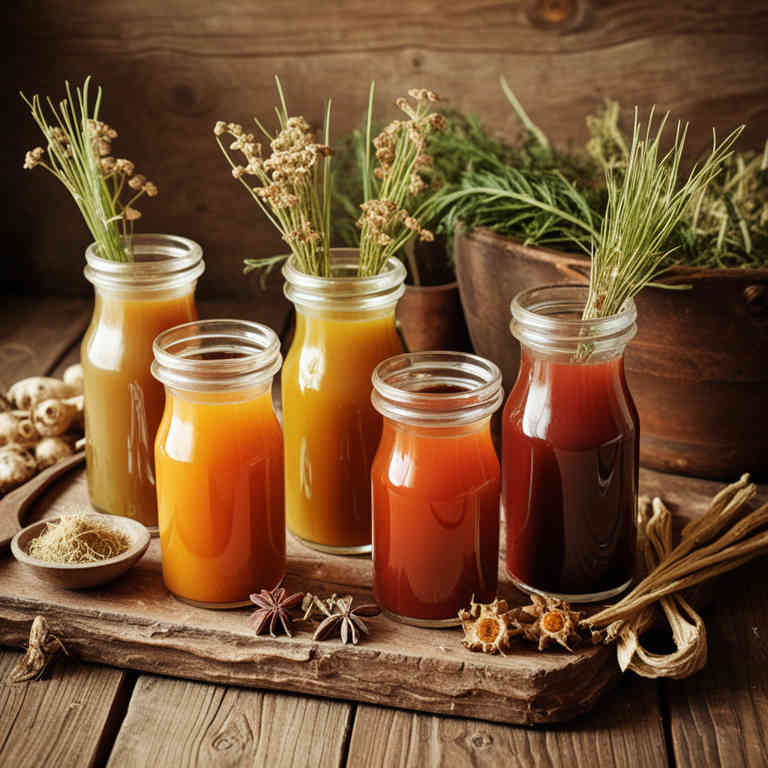
Herbal juices can be a natural and effective way to alleviate the discomfort of period cramps by incorporating anti-inflammatory and pain-relieving herbs such as ginger, turmeric, and parsley.
These ingredients work by reducing inflammation and improving blood flow, which can help ease the intensity of cramps. Drinking a daily juice made with these herbs can support hormonal balance and promote overall menstrual health. Many women find that regular consumption of such juices offers a gentle, holistic alternative to over-the-counter pain medications.
It’s important to consult with a healthcare provider before starting any new herbal regimen, especially if you have underlying health conditions or are on medication.
FREE Herb Drying Checklist
How to make sure every batch retains maximum flavor, color, and aroma without the risk of mold or over-drying. Eliminate guesswork and trial-and-error, making herb drying faster, easier, and more efficient every time.
Table of Contents
1. Curcuma longa

Curcuma longa, commonly known as turmeric, contains curcumin, a powerful compound with anti-inflammatory and antioxidant properties that may help alleviate period cramps.
When consumed as a herbal juice, turmeric can support hormonal balance and reduce the intensity of menstrual pain by decreasing uterine inflammation. The juice is often made by combining fresh turmeric root with water, lemon juice, and other beneficial ingredients like ginger or honey to enhance flavor and absorption. Regular consumption of turmeric juice may provide natural relief for women experiencing dysmenorrhea, though it is advisable to consult a healthcare provider before starting any new herbal regimen.
Overall, turmeric juice offers a holistic and natural approach to managing period cramps with minimal side effects.
2. Vitex agnus-castus

Vitex agnus-castus, commonly known as chasteberry, has been traditionally used to support hormonal balance and may help alleviate period cramps.
This herbal juice is believed to regulate menstrual cycles and reduce symptoms such as pain and bloating associated with menstruation. It works by influencing the hypothalamus and pituitary gland, which play key roles in regulating reproductive hormones. Many women report reduced cramping and improved overall menstrual comfort when incorporating chasteberry juice into their routine.
However, it is important to consult with a healthcare provider before starting any herbal supplement, especially if you have existing health conditions or are taking other medications.
3. Zingiber officinale

Zingiber officinale, commonly known as ginger, has been widely recognized for its natural ability to alleviate period cramps due to its anti-inflammatory and analgesic properties.
When consumed as a herbal juice, ginger can help reduce the severity of menstrual pain by relaxing the uterine muscles and improving blood circulation. Ginger juice is often recommended as a safe and effective alternative to over-the-counter pain medications for managing cramps. It can be easily prepared by grating fresh ginger root and squeezing out the juice, which can then be consumed in warm water or mixed with other herbal ingredients.
Regular consumption of ginger juice during menstruation may also help reduce bloating and nausea, providing overall relief from menstrual discomfort.
4. Foeniculum vulgare
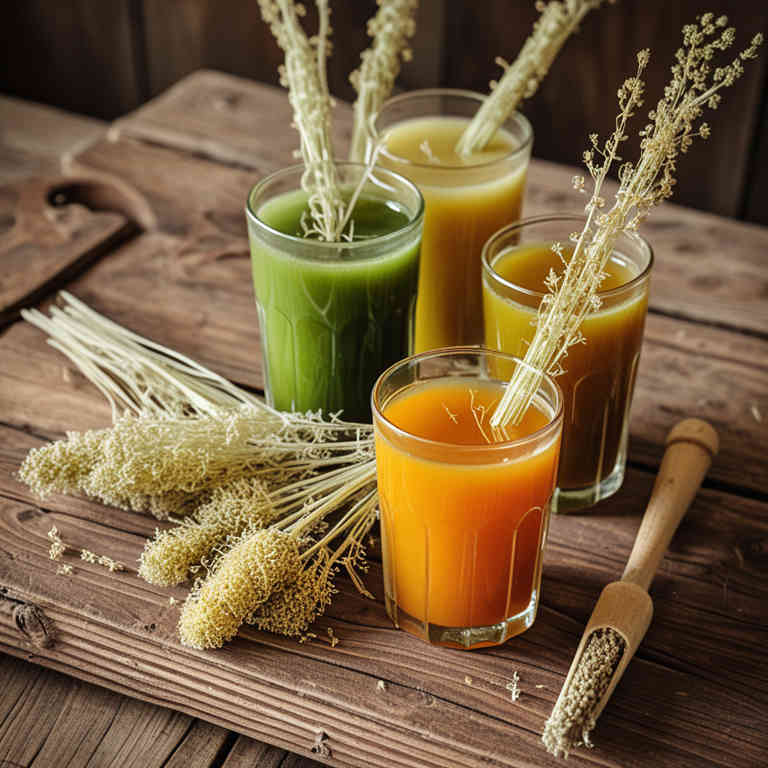
Foeniculum vulgare, commonly known as fennel, has been traditionally used to alleviate period cramps due to its calming and antispasmodic properties.
Fennel seed herbal juices are often consumed as a natural remedy to ease menstrual discomfort by relaxing the uterine muscles and reducing inflammation. The essential oils in fennel, such as anethol, are believed to have a soothing effect on the digestive and reproductive systems. To prepare fennel juice, fresh fennel seeds are typically crushed and mixed with water or juice, and it is best consumed in small quantities to avoid any potential side effects.
While fennel can be a helpful complementary therapy, it is important to consult with a healthcare provider before using it, especially for those with existing medical conditions or who are pregnant.
5. Urtica dioica

Urtica dioica, commonly known as stinging nettle, has been traditionally used for its potential health benefits, including relief from period cramps.
When prepared as a herbal juice, stinging nettle can help reduce inflammation and ease menstrual discomfort due to its high content of anti-inflammatory compounds and minerals. The juice is typically made by juicing fresh leaves, which are rich in vitamins, antioxidants, and magnesium. Regular consumption of stinging nettle juice may support hormonal balance and improve overall menstrual health.
However, it is important to consult with a healthcare provider before incorporating it into your routine, especially if you have underlying health conditions or are pregnant.
6. Salvia officinalis
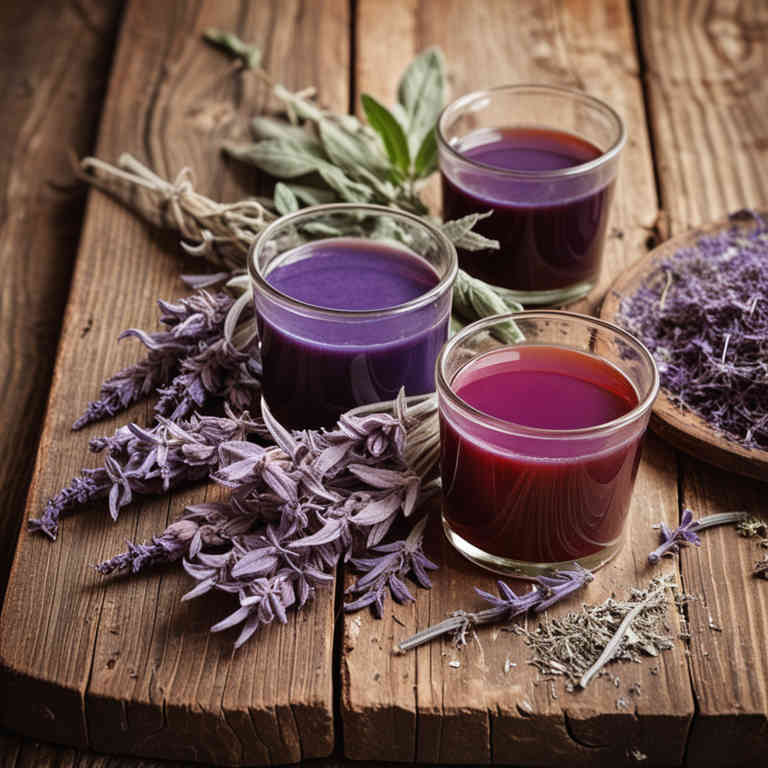
Salvia officinalis, commonly known as sage, has been traditionally used for its potential health benefits, including relief from menstrual discomfort.
While sage is often used in teas or topical applications, some individuals may explore herbal juices made from fresh or dried sage leaves for period cramps. These juices may contain compounds like rosmarinic acid and flavonoids, which are believed to have anti-inflammatory and antispasmodic properties. However, it is important to note that there is limited scientific evidence supporting the effectiveness of sage juice specifically for menstrual cramps.
As with any herbal remedy, it is advisable to consult a healthcare professional before incorporating sage juice into a wellness routine, especially during menstruation.
7. Rosa canina

Rosa canina, also known as rosehip, is a popular herbal remedy used to alleviate period cramps due to its high concentration of anti-inflammatory compounds and essential nutrients.
The juice extracted from its berries contains vitamins C, E, and B-complex, which help reduce inflammation and support hormonal balance during menstruation. Many women find that consuming rosa canina juice regularly can ease the intensity and duration of menstrual pain. It is often recommended as a natural alternative to over-the-counter pain relievers, though it is best to consult a healthcare provider before use.
Additionally, the antioxidant properties of rosa canina may contribute to overall reproductive health and immune support.
8. Lavandula angustifolia
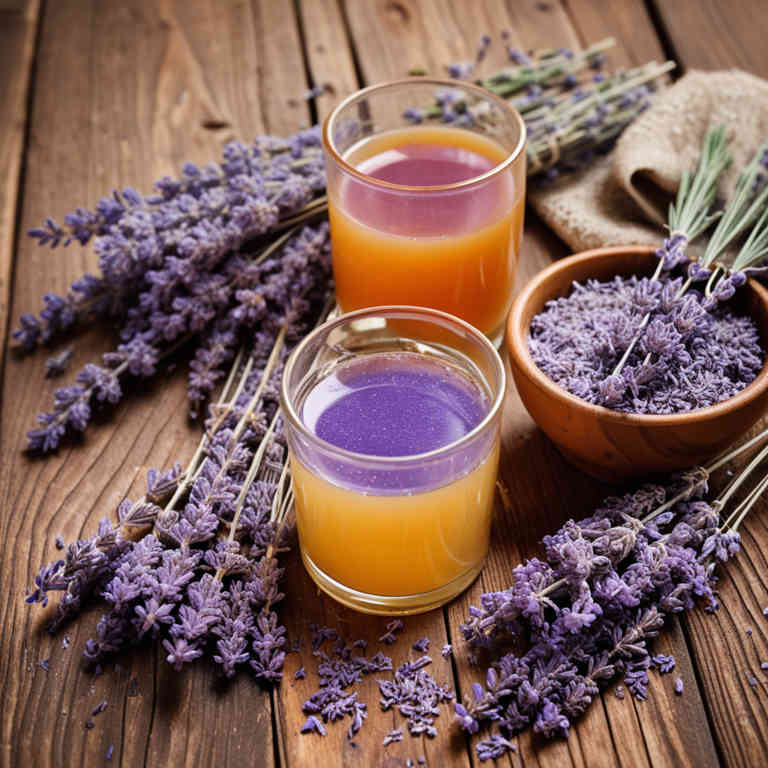
Lavandula angustifolia, commonly known as English lavender, has been traditionally used for its calming and anti-inflammatory properties, making it a popular ingredient in herbal juices designed to alleviate period cramps.
These juices typically combine lavender with other herbs like ginger, turmeric, and chamomile to enhance their pain-relieving and soothing effects. The essential oils in lavender help reduce uterine contractions and ease discomfort, while the antioxidants in other ingredients support overall menstrual health. Consuming lavender-infused herbal juices can provide a natural, gentle alternative to over-the-counter pain relievers for managing cramps.
However, it's important to consult with a healthcare provider before incorporating new herbal remedies into your routine, especially if you have underlying health conditions or are taking medications.
9. Nymphaea alba
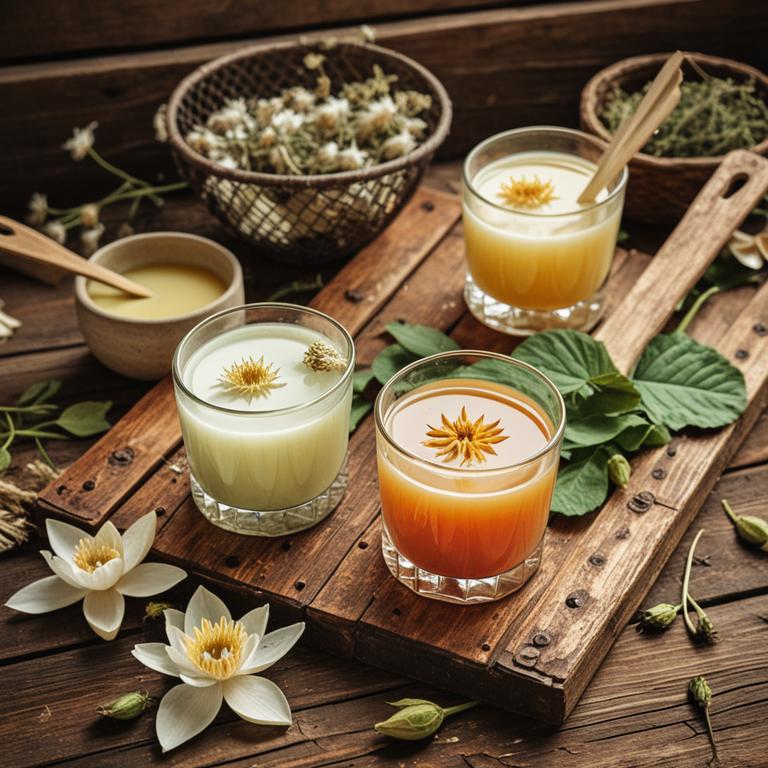
Nymphaea alba, commonly known as the white water lily, has been traditionally used in herbal medicine for its soothing properties, particularly in alleviating symptoms associated with menstrual discomfort.
The plant contains bioactive compounds such as flavonoids and alkaloids, which are believed to help reduce inflammation and ease cramping during menstruation. Herbal juices made from Nymphaea alba are often consumed as a natural remedy to support hormonal balance and ease the pain of period cramps. These juices can be prepared by gently extracting the leaves and flowers, ensuring the preservation of their beneficial nutrients.
While generally considered safe, it is advisable to consult with a healthcare provider before incorporating Nymphaea alba into your wellness routine, especially if you have existing health conditions or are taking other medications.
10. Glycyrrhiza glabra
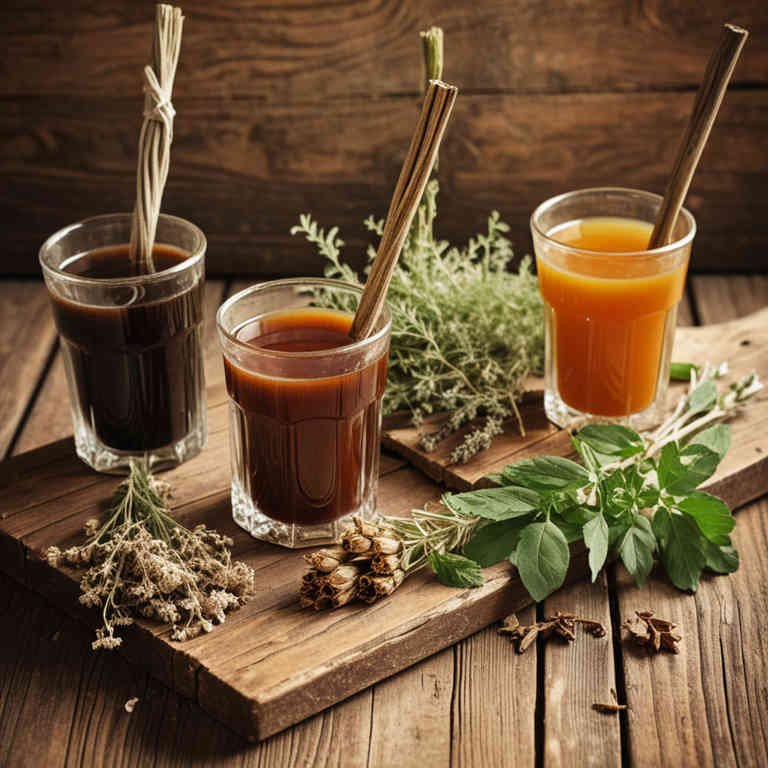
Glycyrrhiza glabra, commonly known as licorice root, has been traditionally used for its soothing properties, and its herbal juice is believed to help alleviate period cramps due to its anti-inflammatory and antispasmodic effects.
The active compounds in licorice root, such as glycyrrhizin and flavonoids, may help reduce uterine contractions and ease pain associated with menstrual cramps. When consumed as a juice, licorice root can provide a natural alternative to over-the-counter pain relievers, offering gentle relief without harsh side effects. However, it is important to consult with a healthcare provider before using licorice juice, especially for prolonged periods or in high doses, as it may interact with certain medications.
Overall, licorice root juice is a popular complementary remedy for managing menstrual discomfort, though its effectiveness can vary among individuals.